Clicking Our Heels: Author Cravings
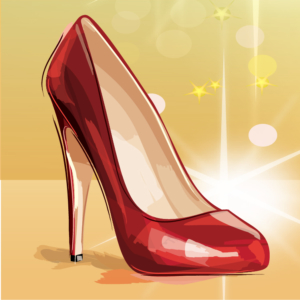 Clicking Our Heels: Author Cravings
Clicking Our Heels: Author Cravings
We often hear about food cravings in reference to pregnant women and children, but what authors would die for isn’t usually mentioned. Today, Clicking Our Heels tells you what each of us considers our favorite snack or drink.
Bethany Maines – Matcha lattes and chocolate covered almonds.
Barbara J. Eikmeier – Hot green tea in the morning then I switch to water.
Saralyn Richard – Icy cold water in the summer and boiling hot water in winter. Sometimes popcorn, but only if the writing is slow.
Debra H. Goldstein – Pizza.
Dru Ann Love – My favorite snack is Twizzlers and drink is water.
T.K. Thorne – Anything that will distract me from putting words down, but I usually start with a cup of coffee or tea.
Lois Winston – Coffee, coffee, and more coffee!
Gay Yellen – I don’t snack as I write, but after a solid hour or two of desk-sitting, almost anything handy works for me—chips and hummus, or a cookie and another cup of coffee.
Donnell Ann Bell – My favorite writing snack depends on my mood. Am I trying to eat heathy or am I having a carb attack. I keep cooked broccoli spears in my fridge when I’m on a health kick. When I crave carbs, all bets are off. Chips and salsa, or a bowl of cereal are not safe from my clutches!
Debra Sennefelder – Coffee.
Anita Carter – I like to drink a hot chai latte when I sit down to start writing. When I’m super focused and the words are flowing, I’m usually chewing gum – Orbit White Spearmint. For some reason, chewing gum helps me stay focused.
Mary Lee Ashford – My favorite writing drink is tea. Hot or cold depending on the season (or the day) and sometimes with a bit of honey. Snacks are hard when you’re writing because you don’t want to gunk up the keyboard. So, my go to is usually nuts and/or dark chocolate.

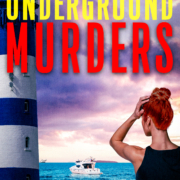
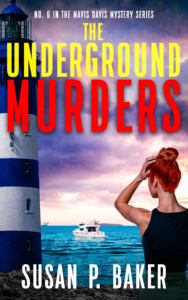

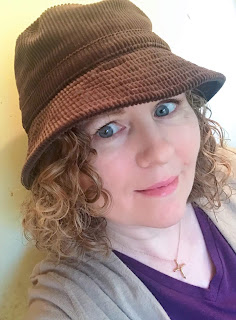

 I’m guessing that you all, like me, read no matter the season. But that said, there truly is something special about summertime reading. Maybe it’s the memory of leisurely warm summer days as a kid where there was plenty of time to sit by the pool, picnic in the park, or enjoy an afternoon indoors with the air-conditioning on and book in hand.
I’m guessing that you all, like me, read no matter the season. But that said, there truly is something special about summertime reading. Maybe it’s the memory of leisurely warm summer days as a kid where there was plenty of time to sit by the pool, picnic in the park, or enjoy an afternoon indoors with the air-conditioning on and book in hand.
 Mary Lee Ashford is the author of the Sugar & Spice mystery series from Oliver Heber books and also half of the Sparkle Abbey writing team. She is a lifelong bibliophile, an avid reader, and public library champion. Prior to publishing Mary Lee won the Daphne du Maurier Award for Excellence in Mystery/Suspense. She is the founding president of Sisters in Crime – Iowa as well as a member of Mystery Writers of America and Novelists, Inc. She lives in the Midwest with her family and her feline coworker.
Mary Lee Ashford is the author of the Sugar & Spice mystery series from Oliver Heber books and also half of the Sparkle Abbey writing team. She is a lifelong bibliophile, an avid reader, and public library champion. Prior to publishing Mary Lee won the Daphne du Maurier Award for Excellence in Mystery/Suspense. She is the founding president of Sisters in Crime – Iowa as well as a member of Mystery Writers of America and Novelists, Inc. She lives in the Midwest with her family and her feline coworker. This year’s Met Gala, the annual event held as a fund raiser for the Metropolitan Museum of Art’s Costume Institute drew its theme, “The Garden of Time,” from the name of a short story by J.G. Ballard. Here’s a link, if you want to read the story:
This year’s Met Gala, the annual event held as a fund raiser for the Metropolitan Museum of Art’s Costume Institute drew its theme, “The Garden of Time,” from the name of a short story by J.G. Ballard. Here’s a link, if you want to read the story: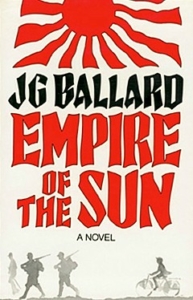
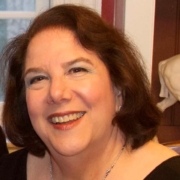


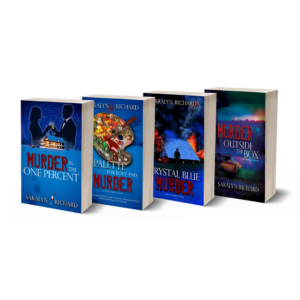
 About The Book
About The Book
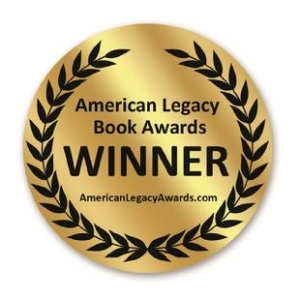
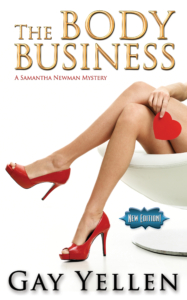 But the publisher who loved it marketed
But the publisher who loved it marketed 
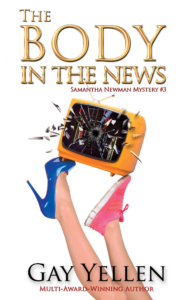 Which brings me to Book 3,
Which brings me to Book 3, 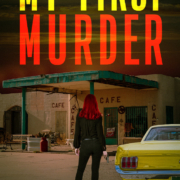
 HERE IS MY RAMBLE OF THE MONTH:
HERE IS MY RAMBLE OF THE MONTH: How Best to Make Sure the Books You Love Keep Coming by Linda Rodriguez
How Best to Make Sure the Books You Love Keep Coming by Linda Rodriguez